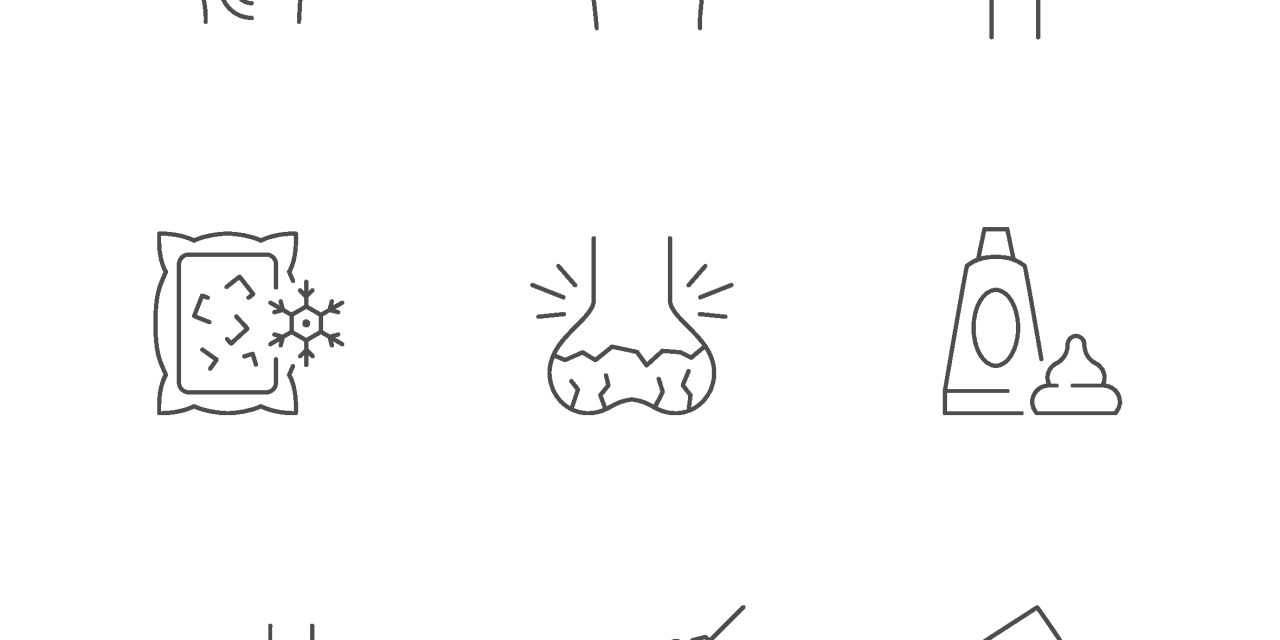Psoriasis Quality of Life (PQoL-12) is a validated composite instrument for measuring psoriasis (PsO) and psoriatic arthritis patients’ quality of life (QoL) (PsA). For rheumatoid arthritis, the Routine Evaluation of Patient Index Data 3 (RAPID3) is employed, which measures physical function, pain, and overall patient assessment. Routine Assessment of Patient Index Data 3 has not been utilized to evaluate the quality of life of PsO/PsA patients. For a study, researchers look at the relationship between PQoL-12 and RAPID3 in patients with PsO and PsA in both cross-sectional and longitudinal analyses. Patients with PsO and PsA were seen at Oregon Health & Science University from 2008 to 2015 (n=558: 393 with PsO and 165 with PsA). Nonlinear least-squares regressions were used to model PQoL-12 using RAPID3 functions while adjusting for time since the first visit. RAPID3 scores best correlate with PQoL-12 cutoffs, according to nonparametric ROC analysis.
PQoL-12 was explained by RAPID3, the square of RAPID3, time since the first visit, and the square of time since the first visit in the PsO cohort; adjusted R2=0.414. PQoL-12 was explained by RAPID3, change in slope of RAPID3 at 2.28, time since the first visit, the square of time since the first visit; adjusted R2=0.340 for the PsA group. Assessment of Patient Index Data on a Routine Basis In PsO, the cutoffs for PQoL-12 scores of 48 and 96 (mild and moderate QoL impairment) were 1.55 and 5.72, respectively, while in PsA, they were 1.89 and 6.34.
PQoL-12 and Routine Assessment of Patient Index Data 3 had a modest correlation, indicating that these indices examine separate elements of PsO and PsA. PQoL-12 fails to capture the physical and functional components of the condition, whereas Routine Assessment of Patient Index Data 3 fails to catch mental health information that has a significant influence on patients’ QoL. The findings highlight the need to include mental health assessments when developing a comprehensive instrument to assess how psoriatic illness impacts patients’ quality of life.


